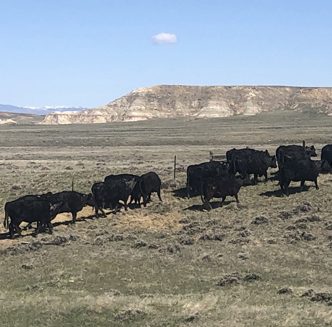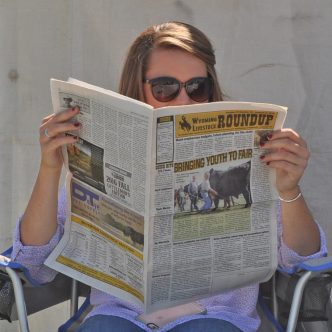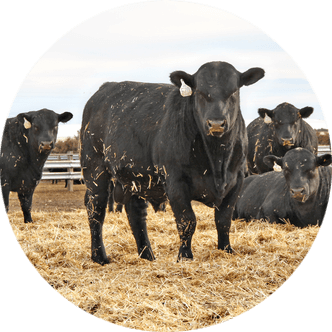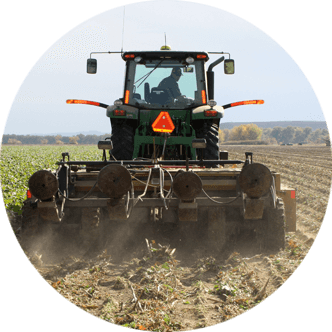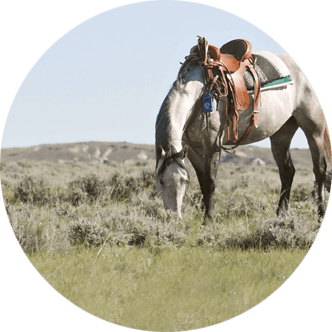Day provides Wyoming winter forecast
It may be the first week of September, but trusted Wyoming Meteorologist Don Day, Jr. already has his predictions for the upcoming 2025-26 winter season.
Day’s long-range winter weather forecast offers predictions on the time period spanning October 2025 to February 2026. His observations on what to expect during the “heart of winter” are based on a combination of meteorological data and historical patterns.
According to Day, Wyomingites can expect winter-like weather to be off to an earlier start this year, with bouts of colder and snowier conditions moving across the Cowboy State in waves rather than settling in during extended cold fronts.
Areas expected to see the biggest impacts of snow and cold are the northern half and eastern half of the state.
Day notes, expected conditions for this winter will likely be comparable to conditions observed in the 2019-20 winter season.
Overall winter forecast
Day’s predictions are rooted primarily in a practice called “analog forecasting” which involves looking at data to identify past winter weather patterns which may offer clues on what to expect in the months to come. Although weather doesn’t necessarily repeat itself, Day notes patterns often rhyme.
“We see this upcoming season rhyming with the fall and winter of 2019-20,” says Day, emphasizing it was the last overall cold and snowy fall and winter period in the past several years.
“Compared to the last couple of winters, I think there is a strong likelihood we’re going to have more snow and colder weather starting earlier in the year,” Day notes. “What we haven’t seen in the last two or three years is some cold, wet, snowy periods in October and November, but it looks like we’ll break this pattern with some early season storms this year.”
Day points to warmer temperatures in the Pacific Ocean as a clue to how winter will go, noting winter conditions are influenced by the El Niño-Southern Oscillation (ENSO) climate pattern. The ENSO involves changes in the Pacific Ocean’s surface temperature and is observable in three phases – La Niña, El Niño and a neutral phase.
“The Pacific Ocean is critical to understanding how our weather patterns evolve in Wyoming, especially during the winter season,” Day says. “This winter, we’re expecting a neutral ENSO with a neutral or very weak La Niña. Historically, this phase has led to colder and snowier winters.”
Rather than extended cold fronts, Day predicts conditions will be fluid and variable, with several storms bringing cold weather for a few days followed by warmer periods.
“In winters like this, you don’t tend to be stuck in one particular pattern for too long. You get a lot of variability,” Day says. “Since we’re expecting the frequency of storms to be higher this year, we expect to see patterns of weather which don’t stay for too long.”
“This has its pluses and minuses, obviously,” Day continues. “If you don’t have five straight days of sub-zero temperatures, that’s good, but you also trade it for more frequent storms.”
Day points out this fluid storm pattern is indicative of increased moisture, which may come as a relief to Wyomingites living in areas plagued by drought and wildfire conditions throughout the summer.
Regional impacts and looking ahead
“Winter weather patterns do not affect Wyoming evenly,” Day emphasizes.
While Day’s research points to cold and snowy conditions across the Cowboy State, he suspects winter weather will hit portions of northern and eastern Wyoming the hardest.
Further, Day stresses his long-range winter predictions only encompass October through February – intentionally excluding March, April and May as there is not yet enough data available to make accurate predictions about those months yet.
“Some of our bigger snowstorms in Wyoming happen in those three months,” Day notes. “As we get closer to late November and early December, we’ll reassess that timeframe.”
Finally, Day notes long-range forecasts – particularly computer-generated models – are not an exact science but rather “part of the equation” in understanding the weather. Actual conditions are affected by a wide range of varying factors and can change in an instant.
Day provides daily updates on Wyoming weather in a column for Cowboy State Daily, as well as every weekday morning through his DayWeather podcast. Day’s full predictions on the 2025-26 fall and winter outlook for the Western U.S. are available in the Aug. 14 edition of the DayWeather podcast.
Grace Skavdahl is the editor of the Wyoming Livestock Roundup. Send comments on this article to roundup@wylr.net.

